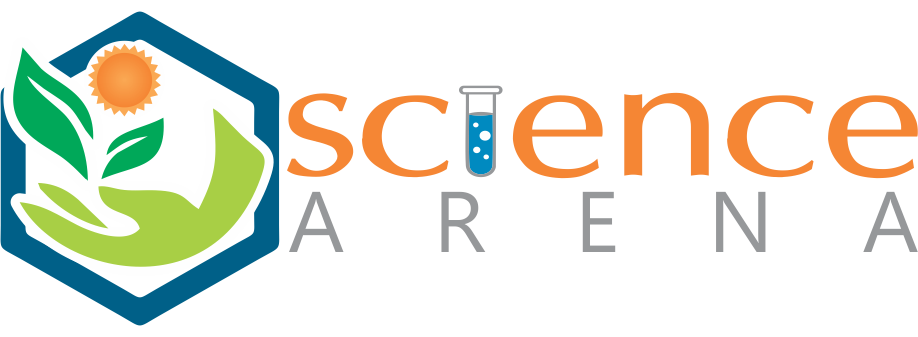Scientists from Duke University in North Carolina, US for first time have developed working human skeletal muscle from stem cells in the laboratory
Stem cells
Stem cells are undifferentiated biological cells that can differentiate into specialized cells and can divide to produce more stem cells. They are found in multicellular organisms. In mammals, there are two broad types of stem cells: embryonic stem cells and adult stem cells. Embryonic stem cells can be isolated from the inner cell mass of blastocysts and adult stem cells are found in various tissues which can act as a repair system for the body, replenishing adult tissues.
Key Facts
Scientists had developed human skeletal muscle using adult skin or blood cells that were reprogrammed into a juvenile, versatile state. These cells were induced pluripotent stem cells (iPSCs) which can become any other type of human cell like naturally-occurring stem cells found in embryos.
In this case, the iPSCs were coaxed into becoming skeletal muscle cells. The breakthrough was made possible by unique cell culture conditions in lab and special 3-D scaffold which allowed cells to grow much faster and longer.
The tissue contracted and reacted to external stimuli such as electrical pulses or chemical signals. It was also implanted into adult mice, where it survived and functioned for at least three weeks.
Significance
The development is breakthrough that holds promise for sufferers of degenerative muscular diseases. This technique will allow scientists to grow endless amount of functioning muscle in lab to test to test drugs and gene treatments for degenerative diseases.
Tags
BIOTECHNOLOGY
